EXTREMELY RARE! WWII Operation Iceberg "RESTRICTED" Commander in Chief Pacific Fleet Headquarters Invasion of Okinawa Phase Planning Briefing Map*
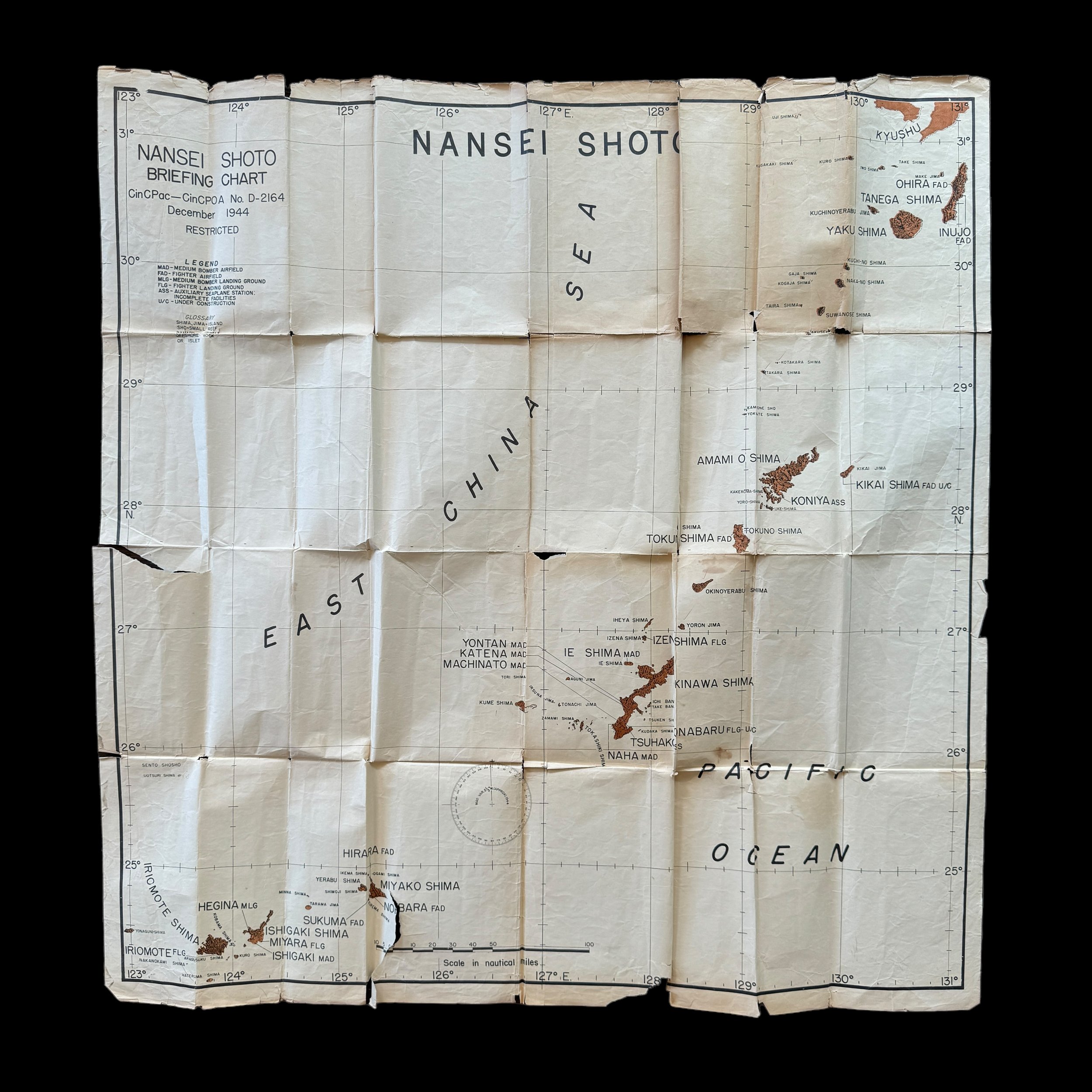








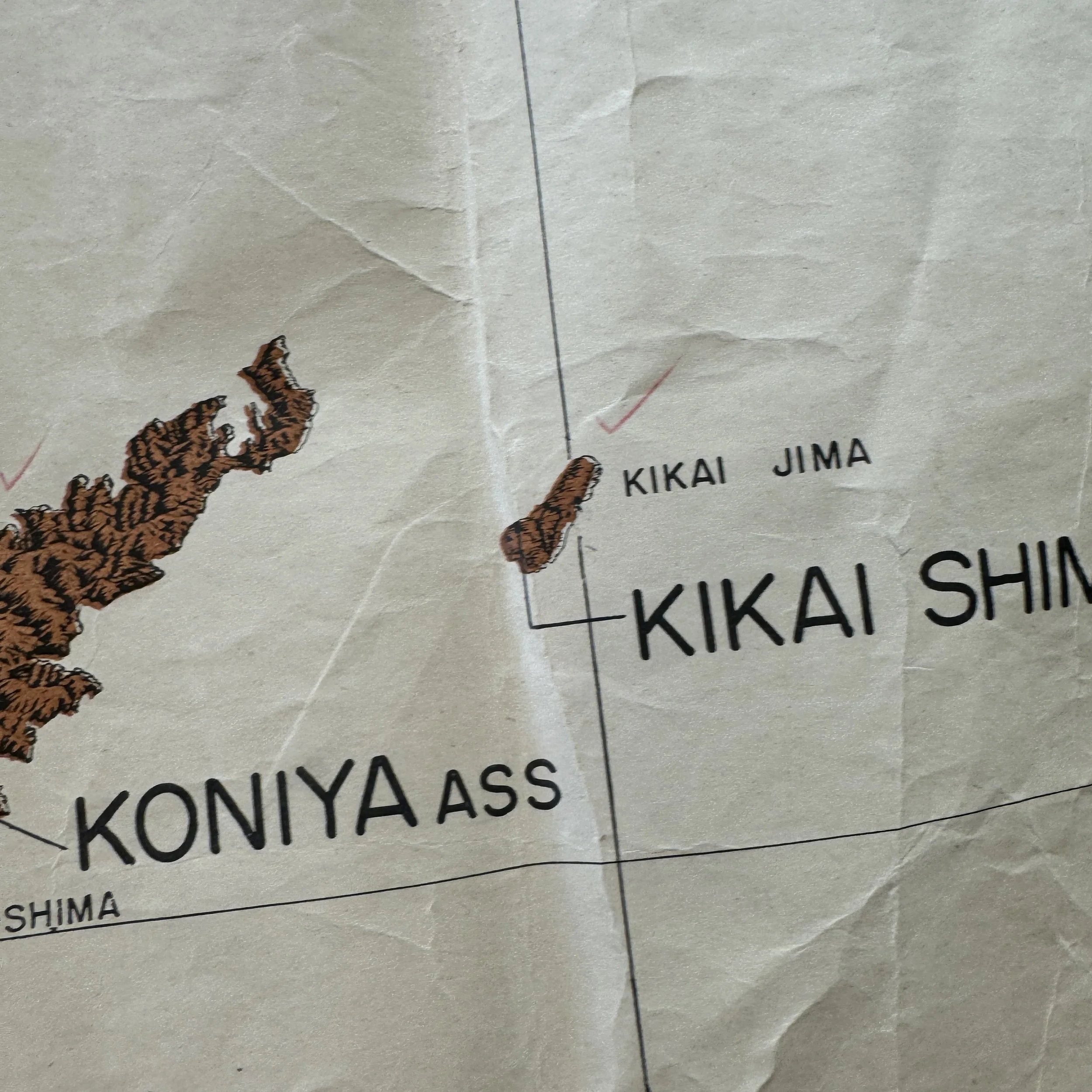





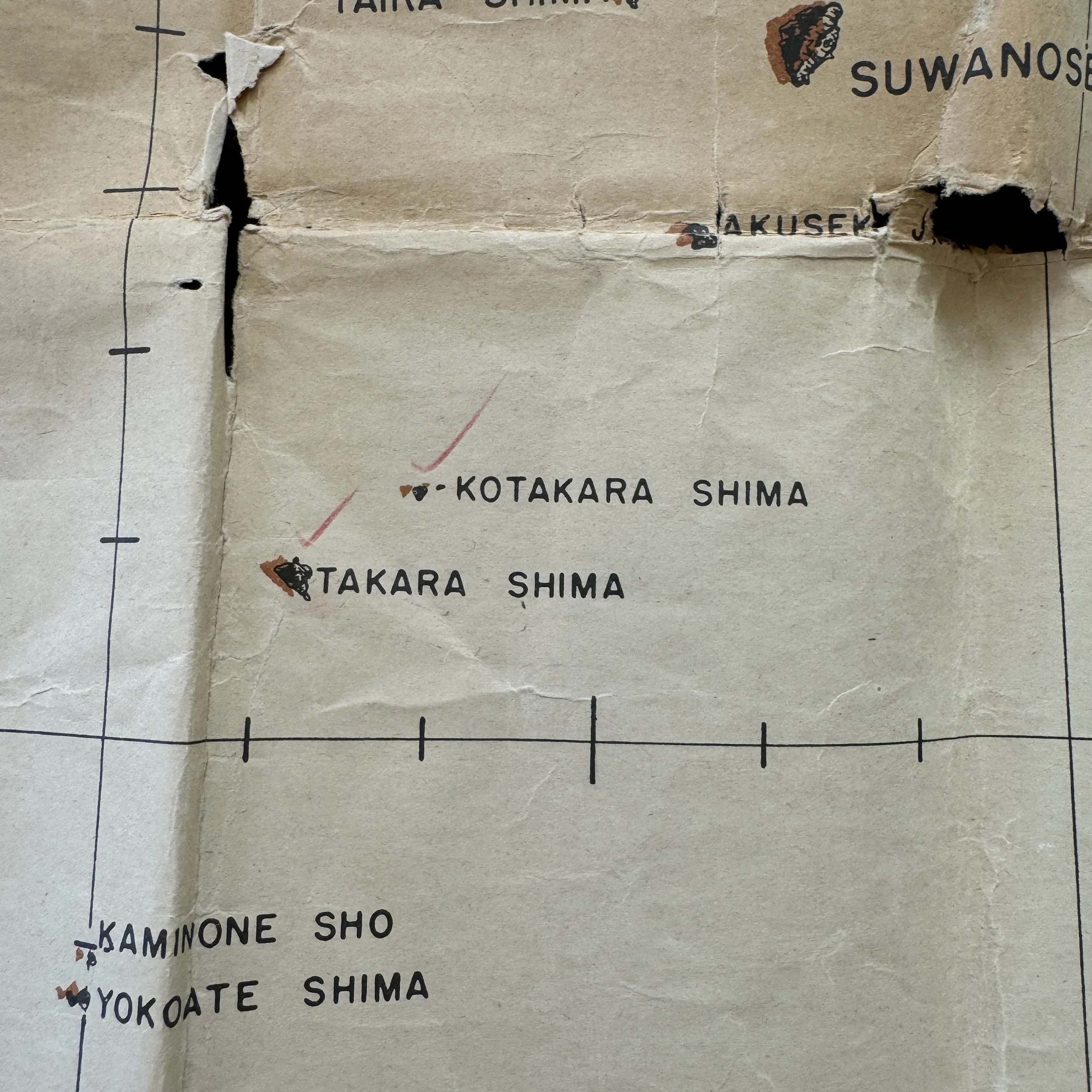


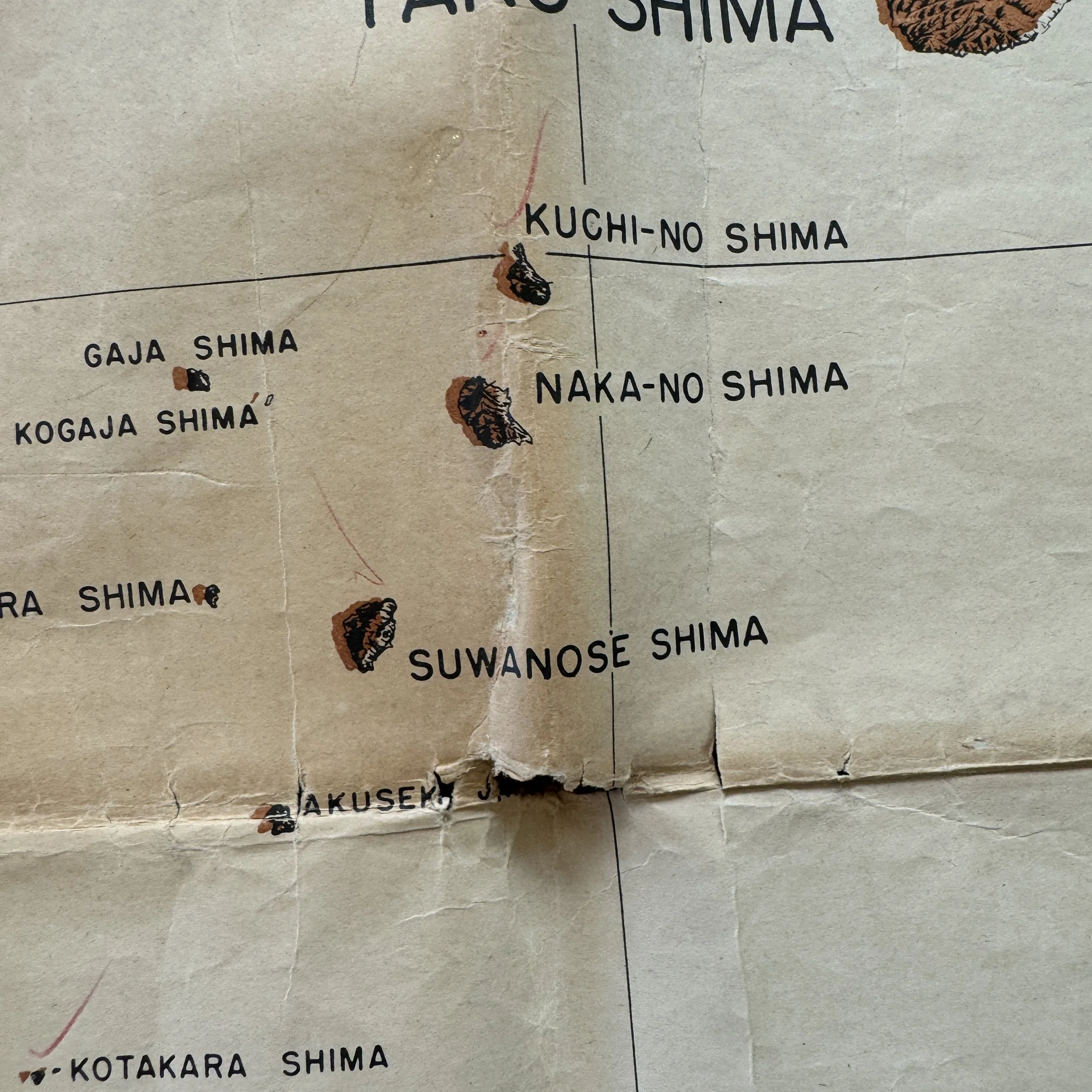





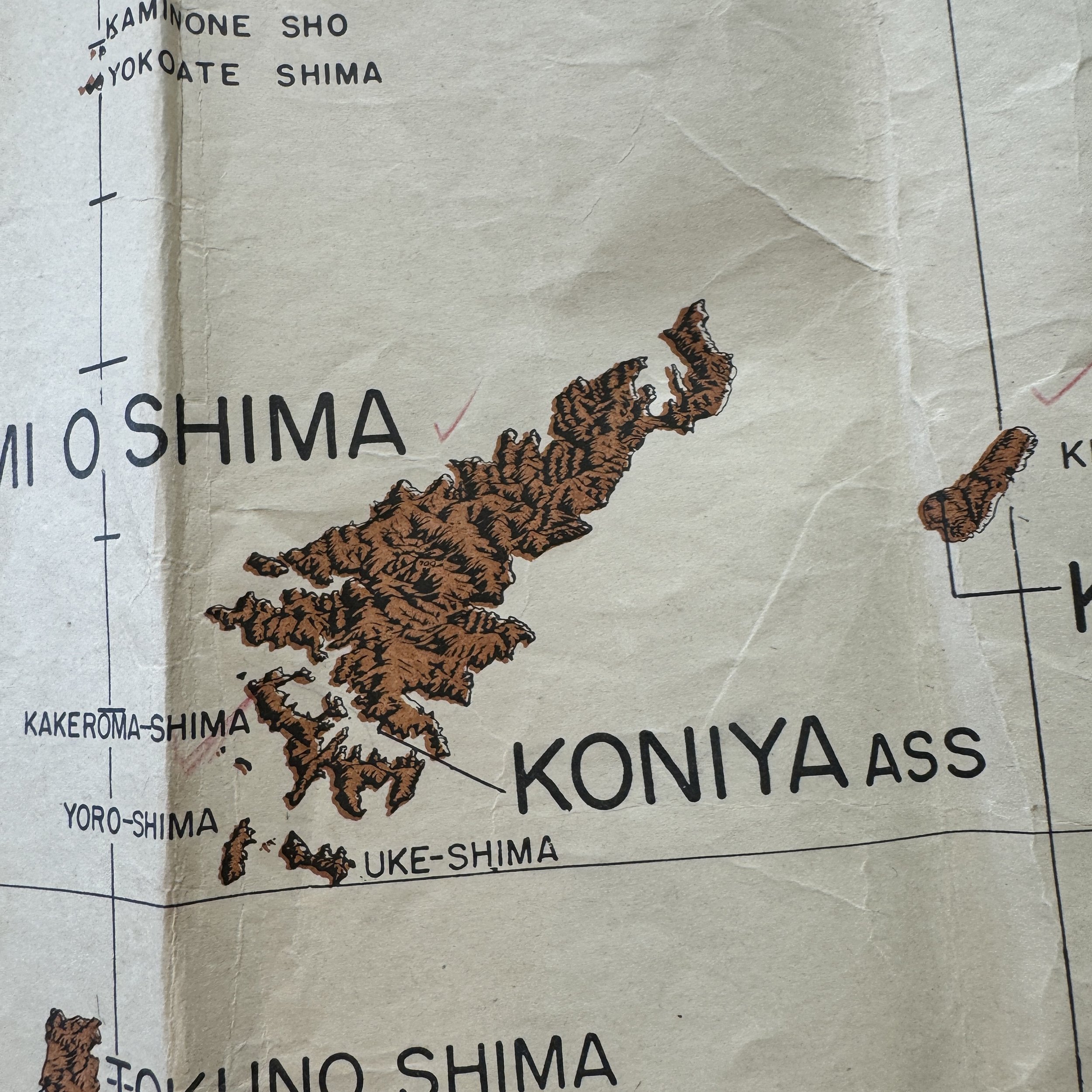
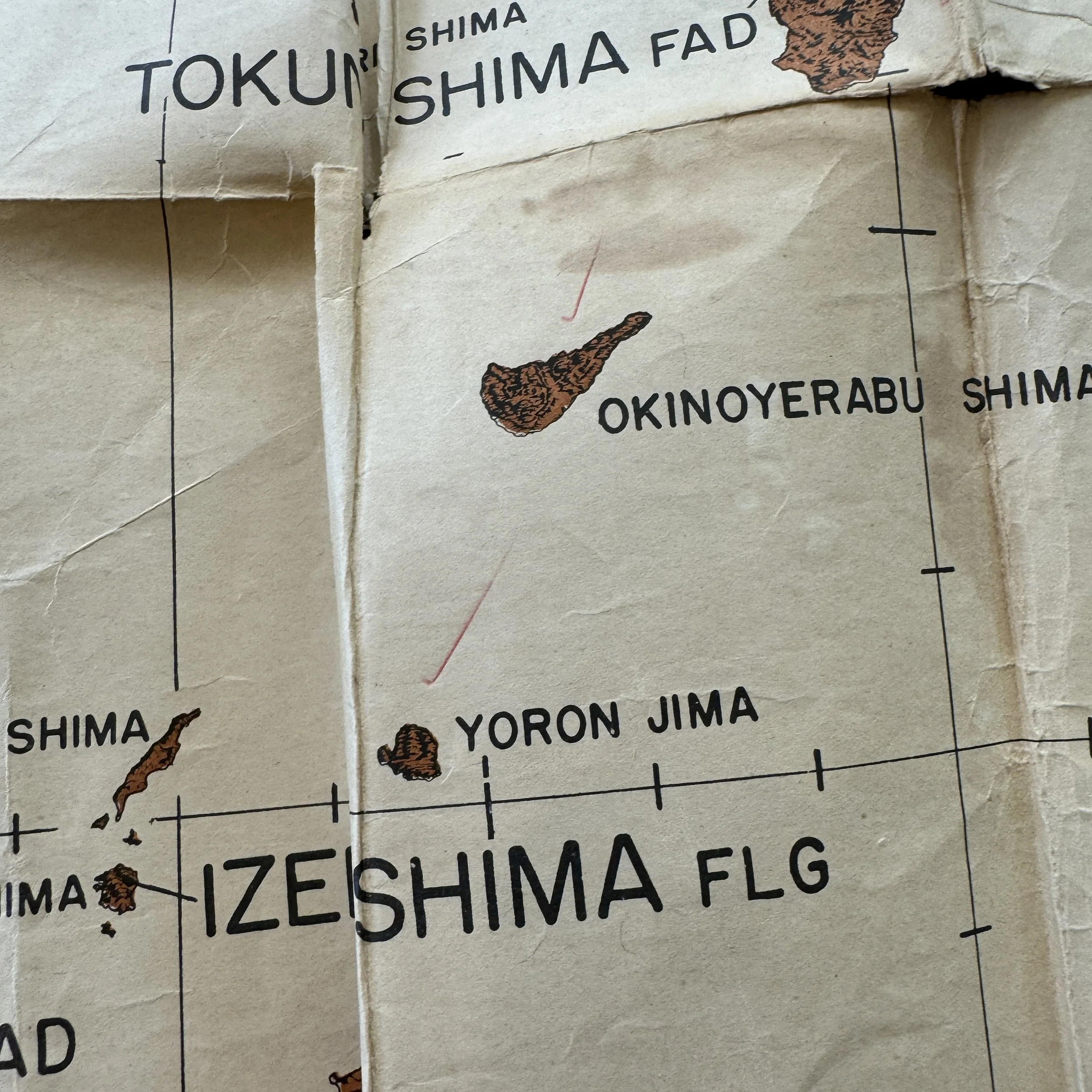











EXTREMELY RARE! WWII Operation Iceberg "RESTRICTED" Commander in Chief Pacific Fleet Headquarters Invasion of Okinawa Phase Planning Briefing Map*
Comes with a hand-signed C.O.A.
This extremely rare and museum-grade WWII Commander in Chief Pacific Fleet Headquarters Operation Iceberg D-Day invasion planning map was during the initial phases of planning for what would become the largest joint amphibious assault mounted during World War II in the Pacific Theater. The invasion of Okinawa was the culmination of three years of operations in the Pacific against Imperial Japan. This NANSEI SHOTO BREIFING CHART was created by CinCPac-CinCPOA in December of 1944. Marked “RESTRICTED” this briefing chart details the island-hopping strategy of Okinawa and the Shima island group nearing Kyushu by the Commander in Chief Pacific Fleet Headquarters Operations. This briefing map would have been used by Vice Admiral Raymond Spruance's Central Pacific task force in the phase planning of the Invasion of Okinawa.
Vice Admiral Raymond Spruance's Central Pacific task force planned the invasion of Okinawa in four phases:
Phase one: Vice Admiral Mitch's fast carriers and General L's 21st bomber command would neutralize Japanese air power in the Ryukyu Islands, Japanese home islands, and Formosa.
Phase two: Mitch's fast carriers would take station east of Okinawa to support the other phases.
Phase three: Mitch would eliminate any enemy surface
The Invasion of Okinawa: Strategic Planning and Key Decision Makers
The Battle of Okinawa, codenamed Operation Iceberg, was one of the largest amphibious assaults in the Pacific Theater during World War II. Planned and executed by the United States, it aimed to secure the Ryukyu Islands, providing a strategic staging area for the eventual invasion of mainland Japan. The operation was meticulously planned and involved numerous strategic decisions that reflected both the complexity of amphibious warfare and the dire stakes of the final phases of the Pacific War.
Key Planners and Decision Makers
Admiral Chester W. Nimitz: As Commander in Chief, Pacific Ocean Areas (CINCPOA), Admiral Nimitz was the principal architect of the Pacific strategy. His experience and strategic foresight were critical in shaping the operational plans for Okinawa. Nimitz's role involved overseeing the coordination of naval and ground forces, ensuring that the operation aligned with broader strategic objectives in the Pacific.
General Douglas MacArthur: As Supreme Commander of the Southwest Pacific Area, MacArthur's influence extended into the planning stages of Okinawa. While his primary focus was on the Philippines, MacArthur's strategic vision contributed to the overall Allied strategy in the Pacific. Coordination between Nimitz and MacArthur was essential to ensure a unified approach.
Admiral Raymond A. Spruance: Commander of the Fifth Fleet, Spruance was tasked with leading the naval component of the Okinawa invasion. His experience from previous campaigns, such as the Battle of Midway and the Mariana and Palau Islands campaigns, provided him with invaluable insights into the complexities of amphibious operations.
Lieutenant General Simon Bolivar Buckner Jr.: As the commander of the Tenth Army, Buckner was responsible for the ground operations on Okinawa. His leadership was crucial in planning and executing the land assault, coordinating with both Navy and Marine Corps elements to secure the island.
Vice Admiral Marc A. Mitscher: As commander of Task Force 58, Mitscher led the fast carrier forces that provided essential air support during the invasion. His task force played a pivotal role in achieving air superiority and supporting ground troops.
Strategic Decisions
The planning of the Okinawa invasion involved several critical strategic decisions:
Selection of the Landing Site: The decision to land on the Hagushi beaches on the western coast of Okinawa was based on extensive reconnaissance and intelligence. The Hagushi beaches offered suitable terrain for amphibious landings and were less fortified compared to other potential sites. This decision minimized initial casualties and facilitated a more effective landing operation.
Operational Timing: The timing of Operation Iceberg was influenced by several factors, including weather conditions, the readiness of forces, and the broader strategic context. The operation was launched on April 1, 1945, to coincide with favorable tides and moon phases, which were critical for the success of amphibious landings.
Deception and Diversion: To confuse Japanese forces and minimize resistance at the main landing sites, Allied planners implemented a series of deceptive measures. This included feints and demonstrations by naval forces to create the impression of landings at different locations, thereby diluting the Japanese defensive response.
Integration of Joint Forces: The operation exemplified the integration of Navy, Marine Corps, and Army units. Coordination between these branches was essential to maintain momentum during the assault and to ensure efficient logistics and support. The Tenth Army included both Army and Marine divisions, reflecting a unified approach to ground operations.
Air and Naval Superiority: Achieving and maintaining air and naval superiority was a cornerstone of the operation. Task Force 58's carriers provided continuous air cover, engaging Japanese aircraft and providing close air support for ground forces. Additionally, the Navy's extensive bombardment of Japanese positions weakened defenses and facilitated the landings.
Logistical Planning: The scale of the Okinawa invasion required meticulous logistical planning. This included the pre-positioning of supplies, the establishment of supply depots on nearby islands, and the coordination of resupply operations. Efficient logistics were crucial in sustaining the prolonged campaign on Okinawa.
Execution and Challenges
The invasion of Okinawa began on April 1, 1945, with an initial landing force of approximately 60,000 troops. The operation faced several challenges:
Kamikaze Attacks: The Japanese employed a large number of kamikaze pilots in a desperate attempt to repel the invasion. These suicide attacks inflicted significant damage on Allied naval forces, highlighting the ferocity of the Japanese defense.
Stiff Ground Resistance: Japanese defenders, under the command of Lieutenant General Mitsuru Ushijima, employed a strategy of fortified positions and tunnels. This resulted in intense and protracted ground combat, particularly in the southern part of the island.
Casualty Management: The high casualty rates among both Allied and Japanese forces necessitated effective medical and evacuation procedures. The Allies established field hospitals and evacuation routes to manage the wounded.
Psychological Warfare: The prolonged and brutal combat had significant psychological impacts on both the attackers and defenders. Allied forces had to contend with the psychological toll of intense fighting and the sight of civilian casualties, as Okinawa's civilian population was caught in the crossfire.
The invasion of Okinawa was a pivotal moment in World War II, representing the culmination of Allied amphibious warfare strategy in the Pacific. The meticulous planning and strategic decisions made by key leaders such as Nimitz, MacArthur, Spruance, Buckner, and Mitscher were instrumental in the operation's success. Despite the formidable challenges and high cost, the capture of Okinawa provided the Allies with a critical base for operations against Japan, paving the way for the eventual end of the war. The lessons learned from Operation Iceberg continue to influence military strategy and amphibious operations to this day.